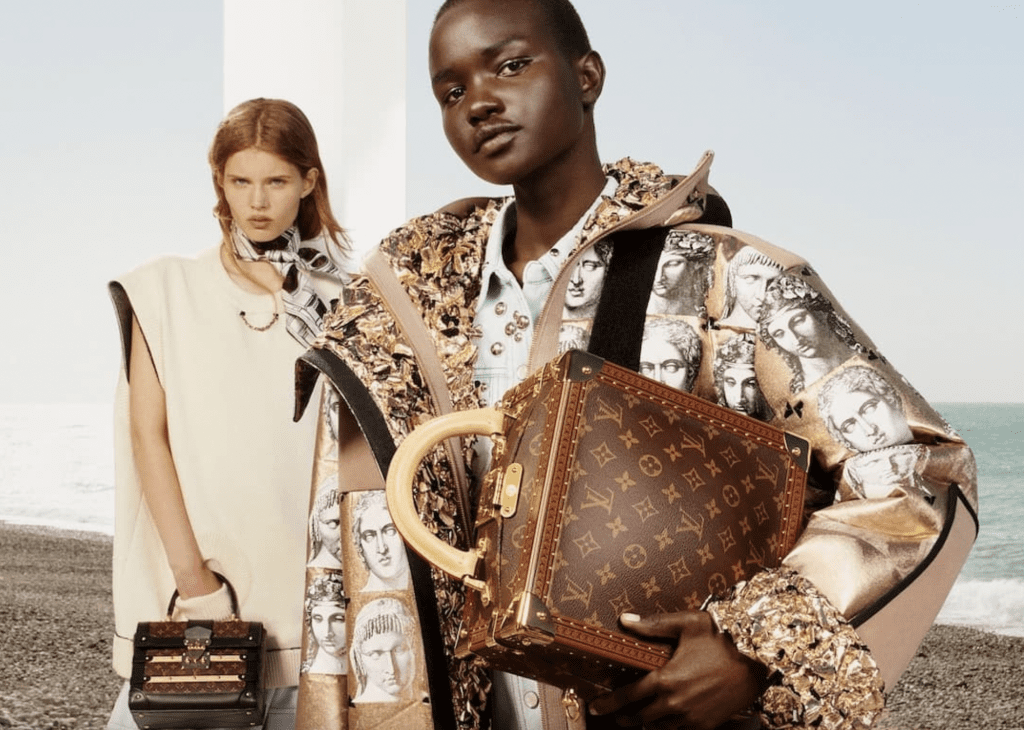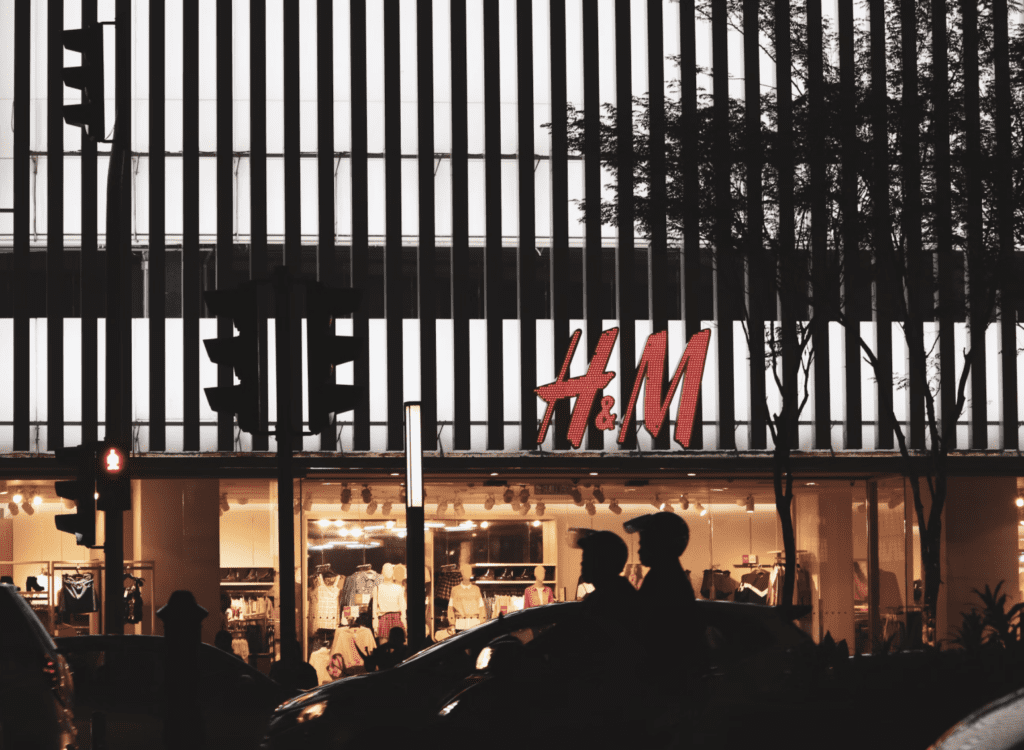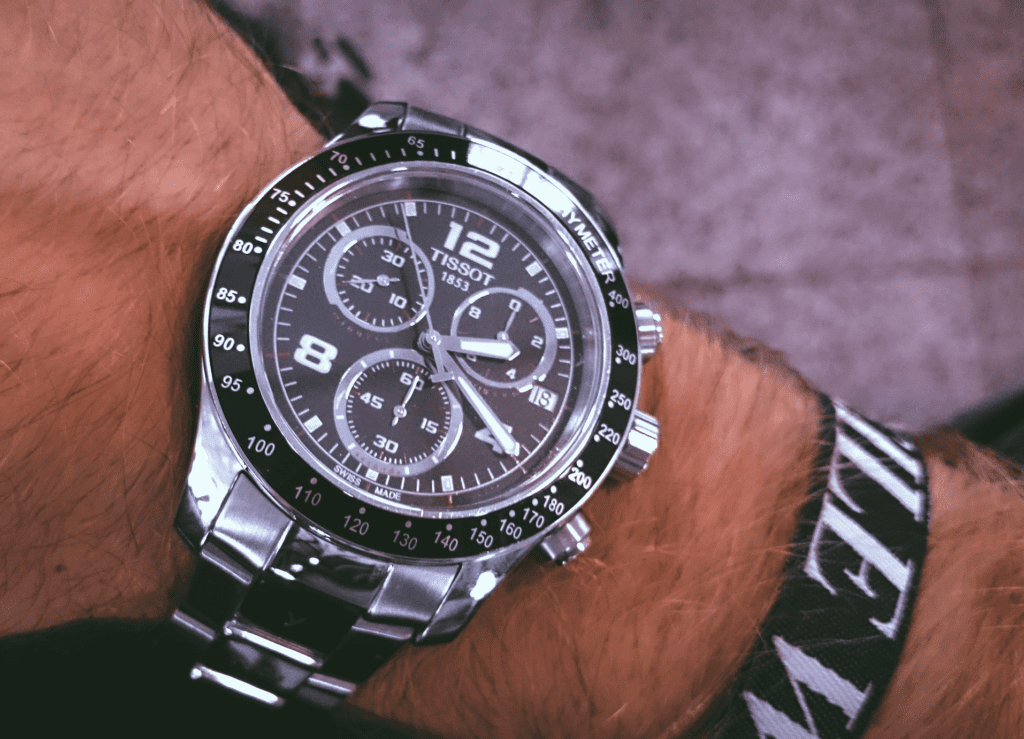The outlook for standalone brands in the fashion and luxury sphere is becoming increasingly “tricky,” Reuters reported back in 2019, noting that “cash rich conglomerates like LVMH Moët Hennessy Louis Vuitton and Kering are drowning out competitors with [their over-sized] spending on social media marketing and their hiring of star designers.” At the same time, luxury groups are particularly well-positioned to invest (and invest big) in markets like mainland China, especially compared to their independently-owned counterparts, something that is of increased importance in light of economic and cultural storms, such as the financial blows that have followed from the Covid-19 pandemic, the Russian invasion of Ukraine, and various supply-chain disruptions.
The upper-most echelon of the fashion industry is firmly dominated by an increasingly small handful of mighty entities that have amassed collections of companies, which they have turned into household names by way of eye-poppingly expensive marketing efforts injected with strong luxury-centric messaging and the help of no small number of globally-recognized celebrities. (For some context: LVMH’s “marketing bill ballooned 24 percent compared with last year. The cost of generating enough desire to shift €42.2B of fancy watches, handbags and champagne in the first half of 2023 was a cool €5.08B,” the Wall Street Journal reported on July 26, 2023.) Their logos adorn the bags carried by consumers in cities across the world; their leather goods, footwear, eyewear, and apparel can be spotted on everyone from teens in top-tier cities in China to moms in New York City.
The Luxury Status Quo
This is the status quo for luxury goods, but it has not always been this way. In fact, it was not all that long ago that the high fashion/luxury sector was composed almost exclusively of a smattering of family-run enterprises, many of which focused largely on their native markets and their core categories of competency. Until the 1980s, the Florence-headquartered leather goods brand that Guccio Gucci founded in 1921, for example, remained in the hands of the Gucci family. Fellow Italian house Fendi was similarly kept in close family control – specifically, in the hands of Paola, Anna, Franca, Carla and Alda Fendi, the five second-generation sisters, who inherited the Roman ready-to-wear and fur business in 1954 upon the death of their father – until 2000.
Fendi’s ownership status changed at the start of the new millennium when LVMH and Prada – the latter of which now owns Miu Miu, Church’s, and Car Shoe – formed something of an unusual alliance and acquire a 51 percent stake in Fendi. Hardly an outlier of an example, the list goes on in a similar manner for nearly all of the most esteemed luxury brands, whose corporate histories come with comparable tales of acquisitions by industry conglomerates, such as LVMH, Kering and Richemont, which have spent billions and billions of dollars over the past few decades building up the bulk of their businesses. This took the form of a marked M&A wave in the 1990s and steady acquisition efforts throughout the early-to-mid-2000s.
The result of such efforts by luxury conglomerate builders – including LVMH chairman Bernard Arnault, Kering’s François-Henri Pinault (and his father François Pinault before him), and Richemont’s Johann Rupert – to boost their prowess by building up sizable portfolios of coveted consumer-facing brands, has been striking: the names at the forefront of the development of the luxury sector have become the industry.
As evidenced by recent events from LVMH’s almost-$16 billion acquisition of Tiffany & Co. to Gucci-owner Kering’s recent nabbing of a 30 percent stake in Italian fashion house Valentino (with the option for a total acquisition by 2028), and rumblings of more deals in the works (Jacquemus, anyone?), the quest for scale among the industry’s behemoth-builders does not appear to be abating. In fact, there have been heightened expectations of more deal-making in the luxury realm, particularly in the wake of the pandemic.
Increased Consolidation
The path to increased luxury-level amalgamation makes sense for the likes of LVMH and co. Among other things, it enables the acquired companies to benefit from shared group resources and synergies, including greater negotiating power when it comes to advertising, real estate, distribution deals, etc. Frédéric Arnault, the chief executive officer of TAG Heuer, said as much in a recent interview. According to the WSJ, “the presence of a Louis Vuitton or Dior store in a new mall can often make the difference between success and failure. Knowing this, LVMH dangles its biggest brands to land favorable leases for smaller ones.” Arnault confirmed, “We leverage the group to secure the best locations in the key malls in the world. We have done that in many, many malls. In the U.S., in Europe, in the Middle East, in Asia.”
Beyond that, such company combinations act as a hedge for big groups, which can more easily withstand consumer trends and variations in demand for individual brands due to the multiplicity of names under their umbrellas.
This power is part of the impetus for the recurring mergers and alliances that have rocked the luxury space. This type of consolidation and the byproducts of it are “central to success [of the luxury sector],” the Financial Times’ Anna Gross previously stated. Such large-scale banding together “fortifies” big brands, and this is something that “has been reflected in stock prices.” LVMH is a good example: The WSJ first revealed back in 2019 that shares in the Paris-based group – which owns some 75 different brands ranging from fashion houses like Louis Vuitton, Dior, Givenchy, and Fendi to spirits companies, such as Veuve Clicquot and Moet – were “worth more than Europe’s biggest automaker, Volkswagen AG, and biggest bank, HSBC Holdings.” The group has since gone on to become the first company in Europe to break the $500 billion barrier; as of April, its shares had soared by 30 percent in 2023, alone, sending it into the top 10 of the world’s most valuable listed companies.
With such steady growth and future gains in mind, the general consensus (at least from a markets point of view) is that it is better to be a big guy, and that “brands can do better with a conglomerate” behind them, as the Economist puts it. This line of thinking is certainly bolstered by the self-perpetuating cycle born from the continued moves towards consolidation, which pit single-brand entities against bona fide behemoths, something that has prompted no shortage of “smaller players to seek the security of bigger groups.”
The FT previously pointed to Versace’s 2018 sale to Capri Holdings (née Michael Kors) for $2 billion, a seeming testament to the fact that it is becoming increasingly difficult to exist and grow as an independently-held brand in the corporate fashion landscape. Mew York-headquartered Capri had previously welcomed Jimmy Choo into its expanding arsenal, while American rival group Tapestry brought Coach, Kate Spade, and Stuart Weitzman under one roof. These stateside moves, paired with the ongoing endeavors of European giants, demonstrate that “performance polarization in the luxury sector remains high,” Rogerio Fujimori, an analyst at RBC Capital Markets, told the FT. “Bigger luxury groups [are] grabbing a bigger slice of the pie at the expense of many smaller players.”
Others agree. Analysts from UBS, for instance, have said that “the negative implications [of such consolidation] for the rest of the sector seem under-appreciated.”
The Luxury Conglomerate Going Forward
Looking beyond the individual deals of late, and the healthy skepticism that should be exercised when it comes to the largescale consolidation of an industry by a few key forces, the question becomes: how long can this go on for? As the Economist aptly asserted, “The timeless brands that conglomerates crave by definition need a long history, and these are relatively few.” Chanel comes to mind; its annual revenues ($17.22 billion in 2022) make it something of a mini conglomerate in its own right. Although, if incessant reports are to be believed, LVMH has, at different times, angled for an acquisition. (Arnault explicitly shot down such speculation, calling it “fake news” at the group’s annual shareholder meeting in April 2018. Bruno Pavlovsky, Chanel’s president of fashion, has similarly denied rumors of this nature).
Speaking to the brand’s consistent stance in favor of remaining independent, Philippe Blondiaux, the Chief Financial Officer of Chanel chimed in on the topic, as well. He said in 2019 that Chanel – which has long been held by the Wertheimer family, with French billionaire brothers Alain and Gerard currently in control – “needs to remain independent, in order to have the freedom to make choices that go against the grain, such as harmonizing prices.”
Rolex is another frequently-cited target. Not only does the Swiss watchmaker have almost 120-years of high-end history to go on, it has a hold on something like 22.2 percent of the global luxury watch market, per Morgan Stanley, and an estimated $11.6 billion in annual retail sales back in 2019. But … controlled by the private Hans Wilsdorf Foundation, the company similarly has a dedication to “preserving its [independent] status fiercely.” Finally, Hermès – which is publicly traded on Euronext Paris – is an obvious pick, although an unlikely one, as more than 70 percent of the company is still family-owned and bolstered by the formation of a holding company by the Puech, Dumas and Guerrand families in 2010 in furtherance of an “irrevocable” commitment to maintain control.
That is not to say, however, that a company’s desires to remain in family hands have always proven persuasive to the luxury conglomerate builders. The Hermès holding company was created in response to an aggressive – albeit ultimately unsuccessful – takeover effort by LVMH, after all.
This article was initially published by TFL in December 2019, and has been updated to reflect new merger and acquisitions, and more recent revenue numbers.











